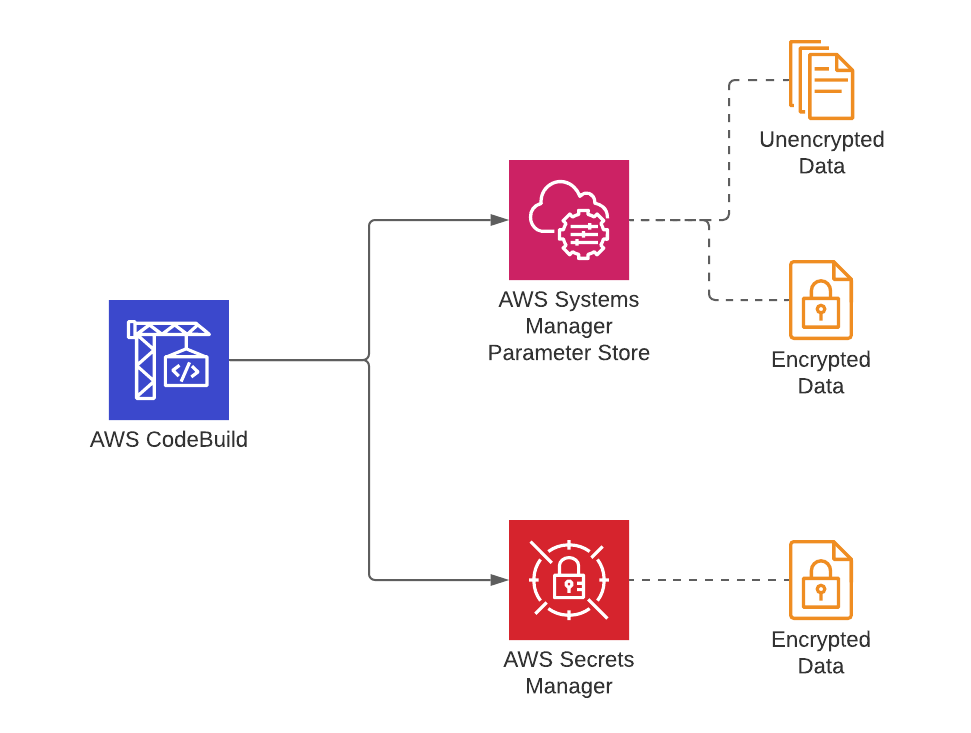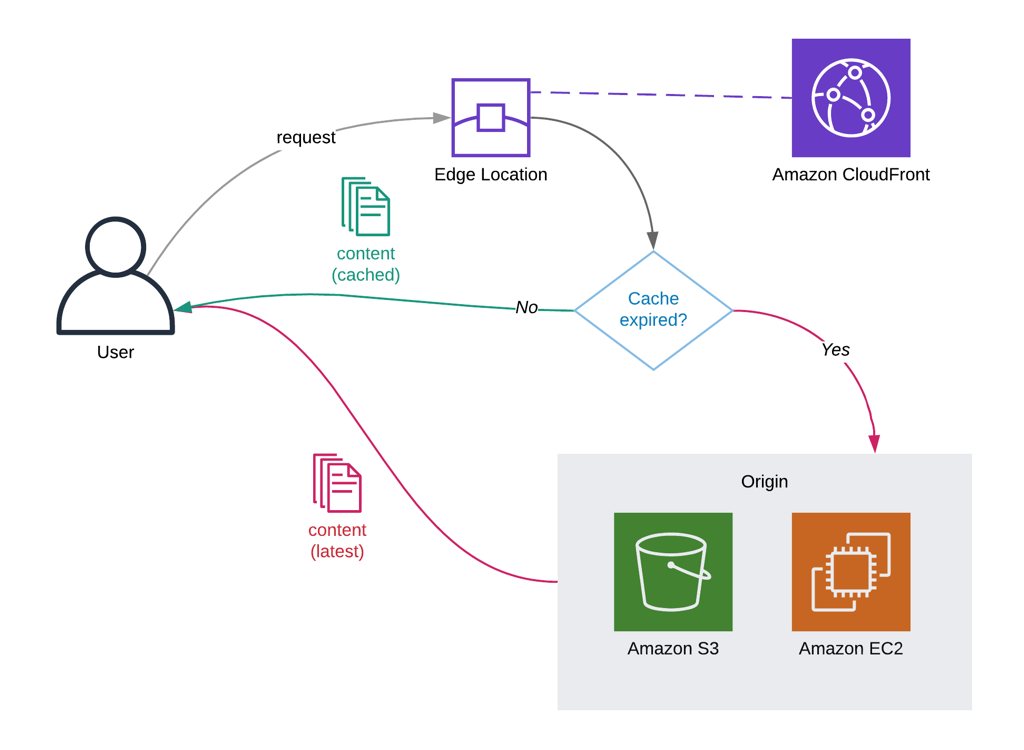Live! AWS CloudFormation Step by Step: Intermediate to Advanced
- by Emre Yilmaz
- Jun 15, 2021
- Announcements • AWS • DevOps • AWS CloudFormation

Today, I am excited to announce my third course on Udemy, the long waited advanced-level AWS CloudFormation course, AWS CloudFormation Step by Step: Intermediate to Advanced!
This course continues from my first course, AWS CloudFormation Step by Step: Beginner to Intermediate, and teaches you more advanced features of AWS CloudFormation. If you already finished my beginner-level AWS CloudFormation course, you know that I announced the advanced course there from day 1. Now, it is finally here!
In this post, let’s talk about what you will learn in the Intermediate to Advanced course section by section. Besides, as in my previous courses, I will also share a discount coupon special to launch in the end.
Continue reading the Live! AWS CloudFormation Step by Step: Intermediate to Advanced blog post.




